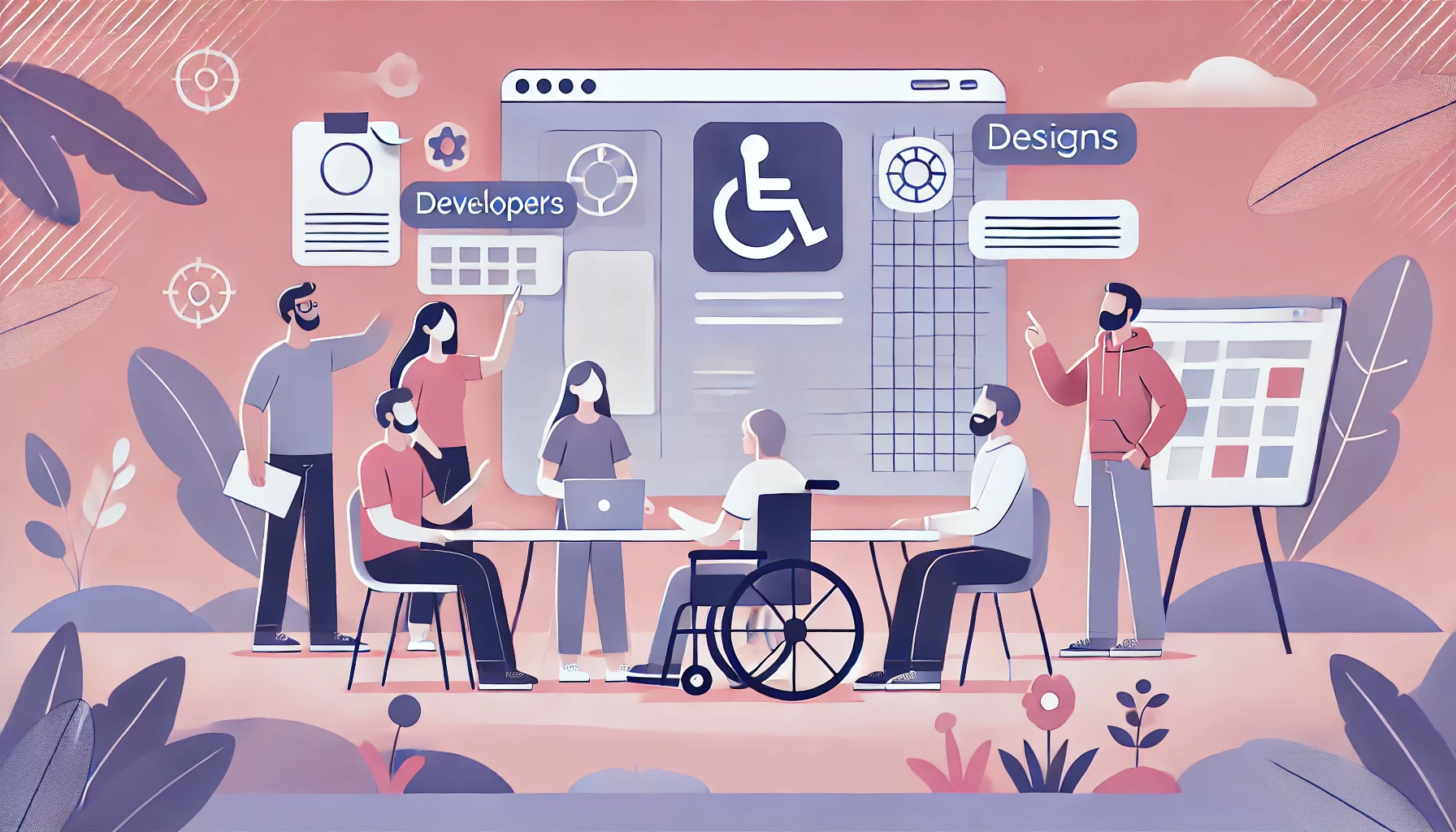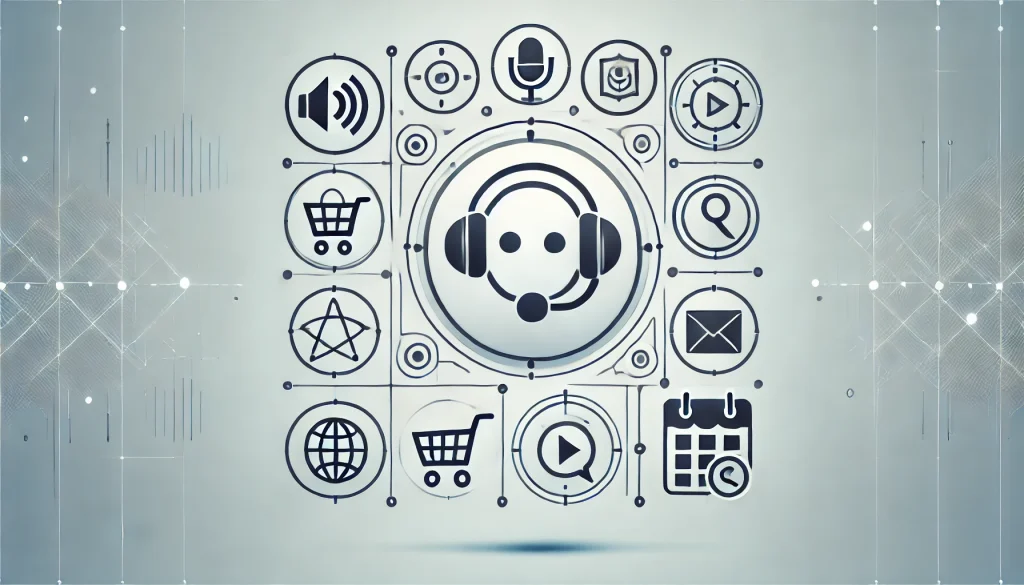
Remember the days of deciphering cryptic menus and navigating endless button presses just to get your phone to do what you wanted? Those days are fading fast. We’re entering a new era of human-computer interaction, and it’s all about conversation.
Conversational interfaces, powered by chatbots and voice assistants, are transforming how we interact with technology. A recent study found that 58% of B2B companies have already integrated chatbots into their websites, compared to 42% in B2C settings.
This technology isn’t just about convenience; it’s about creating a more natural and intuitive way to get things done.
So, how exactly are chatbots and voice assistants changing the game? Let’s dive deeper.
Chatbots: Your 24/7 Conversational Concierge
Chatbots are virtual assistants that simulate conversation through text messages or chat windows. They’re popping up everywhere, from answering your questions on a company website to helping you schedule appointments or order takeout. By 2025, the global chatbot market is expected to exceed $1.2 billion.

Here’s why chatbots are a big deal for UX/UI design:
- Effortless User Experience: Chatbots streamline user journeys by providing instant support and information. Imagine a potential customer needing help navigating your complex product. A well-designed chatbot can answer their questions, recommend relevant features, and even guide them towards a purchase – all within a familiar chat window.
- Personalised Interactions: Chatbots can leverage user data to personalize interactions. They can greet users by name, suggest products based on past purchases, and even tailor their language for a more engaging conversation.
- Always Available Support: Unlike human support agents, chatbots are never on a coffee break! They can provide 24/7 assistance, which is a huge plus for customer satisfaction.
87.2% of people report positive or neutral experiences when interacting with chatbots.
Voice Assistants: Taking Command with Your Words
Voice assistants like Siri, Alexa, and Google Assistant are another game-changer in conversational interfaces. They allow us to interact with technology using natural language commands. Think about it: you can control your smart home lights, check the weather, or even get news updates – all hands-free with just your voice.
74% of clients use mobile voice assistants at home, and 71% prefer voice queries over typing.
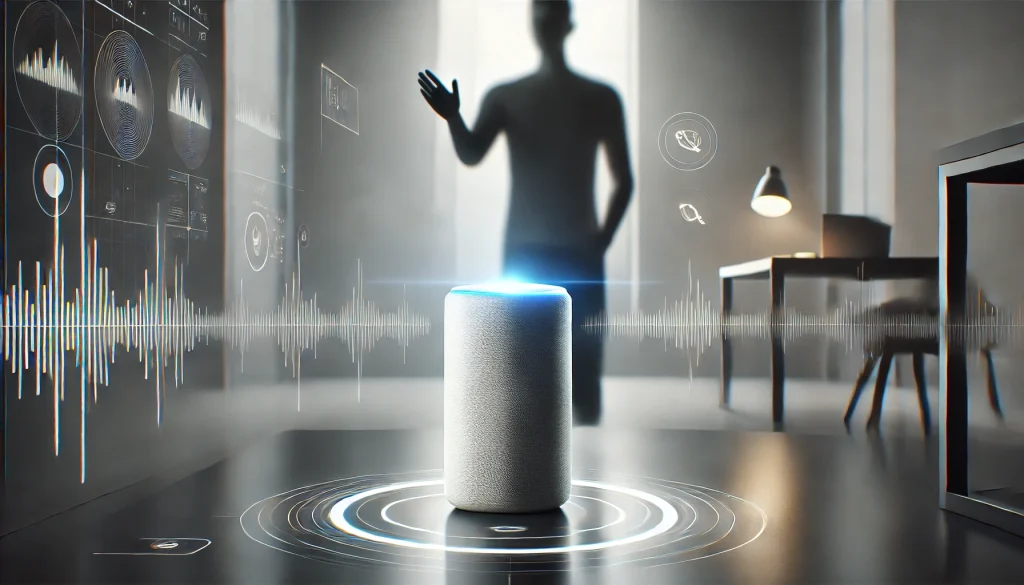
Here’s how voice assistants are impacting UX/UI design:
- Focus on Voice-First Design: As voice interactions become more common, UX/UI designers need to consider how interfaces can be navigated and accessed through voice commands. This might involve designing clear and concise voice prompts or optimizing menus for voice search.
- Accessibility for All: Voice assistants are a boon for users with visual impairments or physical limitations. They provide a user-friendly way to interact with technology, making it more accessible for everyone.
- The Future is Multimodal: The ideal future state integrates voice with other interaction methods like touch and gesture. A well-designed interface will allow users to seamlessly switch between voice commands, on-screen navigation, and even physical controls depending on the situation.
The Conversational Interface Boom

Conversational interfaces are surging in popularity. This rise isn’t surprising. Conversational interfaces offer a slew of benefits for both users and businesses.
- Convenience: They provide an effortless way to interact with technology, on our terms and at our own pace.
- Accessibility: They remove barriers for people who may struggle with traditional interfaces. They can be a boon for users with disabilities or those who are new to technology.
- Efficiency: Businesses can leverage chatbots to handle repetitive tasks, freeing up human agents for more complex issues.
- Personalization: They can learn user preferences and tailor interactions accordingly.
Conversational Interfaces in Action: How Big Brands are Using Chatbots and Voice Assistants
Conversational interfaces are no longer a futuristic concept – they’re a reality shaping how major companies interact with their customers. Here are a few examples of how industry leaders are leveraging chatbots and voice assistants to enhance user experience:
1. Sephora: Beauty Know-How at Your Fingertips
Sephora, a leading beauty retailer, uses chatbots to provide personalised beauty consultations and product recommendations. Their chatbot greets users by name, asks about their skin type and preferences, and then suggests suitable makeup and skincare products.
2. Starbucks: Speak Your Order into Existence
Starbucks uses a voice-powered conversational interface called “My Starbucks Barista” integrated within their mobile app. This voice assistant allows users to place and pay for their coffee orders using natural language commands.
3. Philips Hue: Smart Home Control with the Power of Your Voice
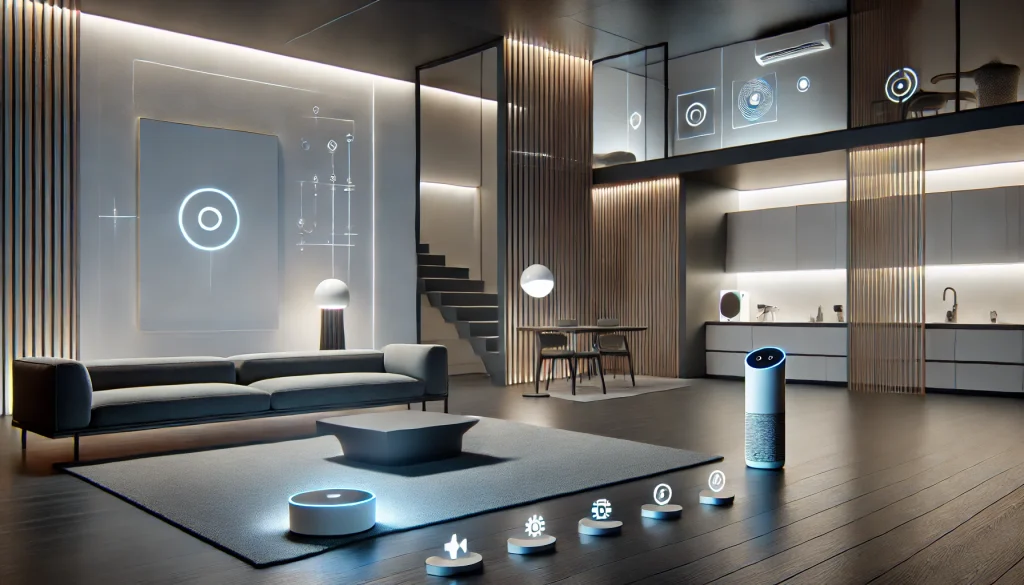
Philips Hue, known for their smart home lighting systems, integrates seamlessly with voice assistants like Alexa. Users can control their lights with simple voice commands, dimming the lights for a movie night or turning them on upon arriving home. This hands-free control adds a layer of convenience and luxury to the smart home experience.
The Future of Conversation: What to Expect?
Conversational interfaces are still evolving, but the potential is clear. Here are some exciting possibilities to keep an eye on:
- More Sophisticated AI: Advancements in Artificial Intelligence will lead to chatbots and voice assistants that can understand complex questions and respond with nuanced answers.
- Emotional Intelligence: The ability of chatbots to recognize and respond to human emotions will create more natural and engaging interactions.
- Integration Across Devices: Conversational interfaces will seamlessly work across different devices, allowing users to start a conversation on their phone and continue it on their smart speaker or computer.
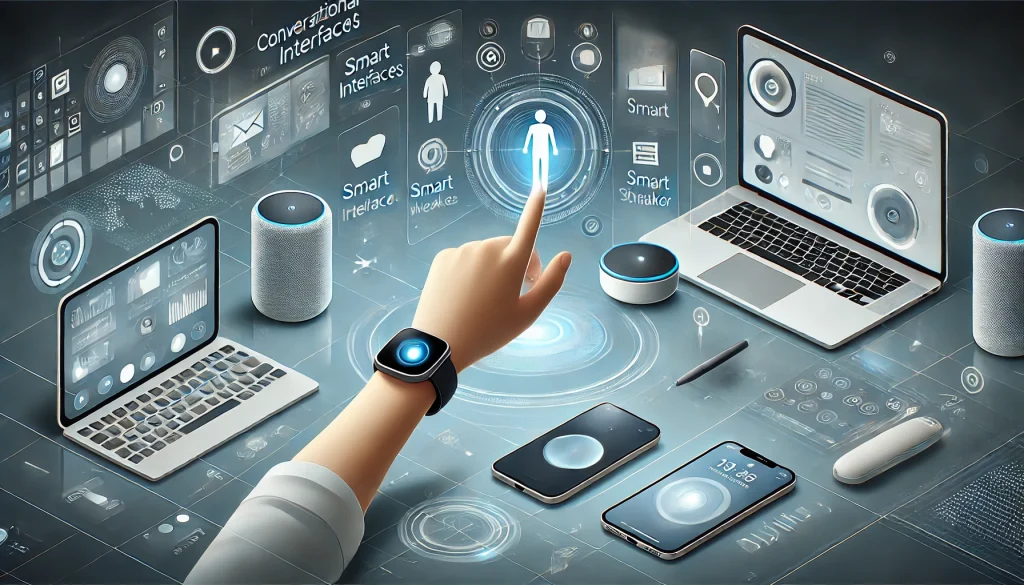
Conversational interfaces are here to stay, and they’re fundamentally changing how we interact with technology. Are you ready to embrace the future of conversation?
Also Read: UX Designers Improving ChatGPT: What You Need to Know

